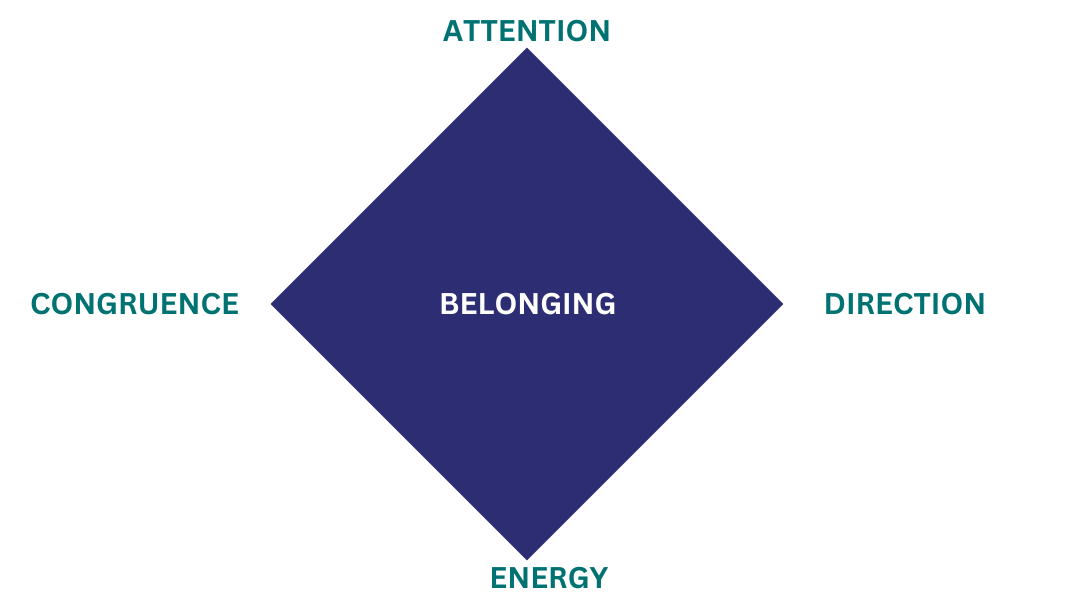
#10 – Building A Culture of Collaboration: Insights From Nature
Welcome back to our exploration of impactful teamwork and sustainable business practices. Today, we delve into how nature’s age-old strategies can reform the way we approach business in the 21st century. This insight draws not only from the animal kingdom but also from the inherent wisdom found in natural ecosystems.
The Need for a New Business Model
Our current business models often promote short-term gains at the expense of long-term stability. This approach, dominated by a silo mentality within departments, encourages competition over collaboration, leading to inefficiencies and a fragmented organizational culture. However, by looking to nature, we can find a blueprint for creating more integrated and sustainable business practices.
Lessons from the Wild
Nature operates on a system of interdependence where every entity plays a role in maintaining the ecosystem’s balance. For example, in a pride of lions or a herd of elephants, every member contributes to the group’s survival, demonstrating the power of collective effort and mutual support.
Symbiosis in Business
Just like in natural ecosystems, businesses thrive on interconnections and mutual benefits. By fostering a culture of collaboration, where departments and individuals align their efforts with the organization’s goals, companies can enhance efficiency and adaptability. This approach counters the destructive ‘silo’ effect and builds a resilient organizational structure.
The Cycle of Nature and Business
Nature’s cycles offer a metaphor for business operations. Just as ecosystems go through seasons of growth, maturation, and renewal, businesses experience phases of expansion, consolidation, and innovation. Understanding these cycles can help leaders manage transitions effectively, ensuring sustainability through times of change.
Implementing Nature-Inspired Strategies
-
Promote Interdepartmental Collaboration: Encourage departments to share resources and information freely, breaking down barriers to innovation and performance.
-
Adopt a Holistic View: Recognize the business as a living system where each part’s health contributes to the whole’s success, much like a natural ecosystem.
-
Embrace Adaptive Leadership: Like the dynamic leadership seen in animal groups, business leaders should be flexible and responsive to the organization’s needs and external changes.
Overcoming Challenges with Nature’s Guidance
Nature swiftly deals with imbalances to restore harmony, a practice from which businesses can learn. Addressing conflicts promptly and fostering a cooperative culture prevents minor issues from escalating into major crises.
The Infinite Game: A Call for Sustainable Practices
Echoing Simon Sinek’s insights in “The Infinite Game,” the pursuit of endless growth mirrors nature’s rhythm of continuous adaptation and balance. Businesses should aim for sustainability over quick wins to ensure long-term viability and integrity.
Conclusion
By studying nature, businesses can learn to operate more like interconnected ecosystems—efficient, resilient, and inherently collaborative. This shift could revolutionize not only how we think about success and leadership but also how we achieve it, ensuring that businesses not only survive but thrive in harmony with their environments and stakeholders.
Call to Action
Join us in transforming business practices by integrating these nature-inspired strategies. Share your thoughts, connect on social media, and download an e-version of my book Unbridled Business here.
Show Notes:
Here are the highlights from this episode:
01:30 Nature’s Influence on Business
04:16 Lessons from Horses and Business Systems
06:13 The Power of Collaboration
17:55 Command and Control vs. Collaborative Leadership
21:36 The Natural Rhythm of Business
25:25 Conclusion and Final Thoughts

Julia Felton (aka The Business Wrangler) is the founder of Business HorsePower. Business leaders, entrepreneurs and executives hire her to accelerate their business performance by harnessing the energy of their people to work more collaboratively together. By aligning purpose with actions the team achieves exponential results as everyone starts pulling in the same direction.
Julia believes that business is a force for good and through designing purpose-driven businesses that leverage the laws of nature, and the herd, you can create businesses founded on the principles of connection, collaboration and community that make a significant impact in the world.

















